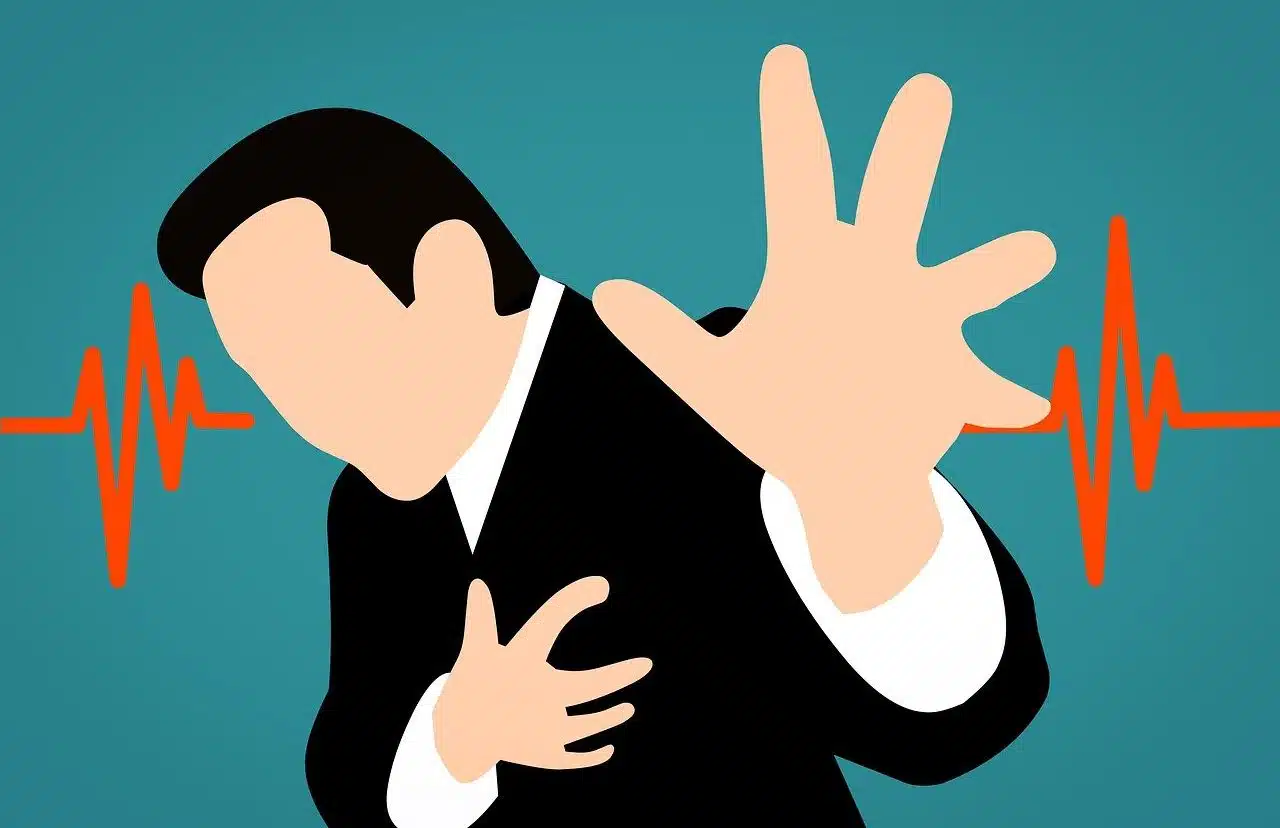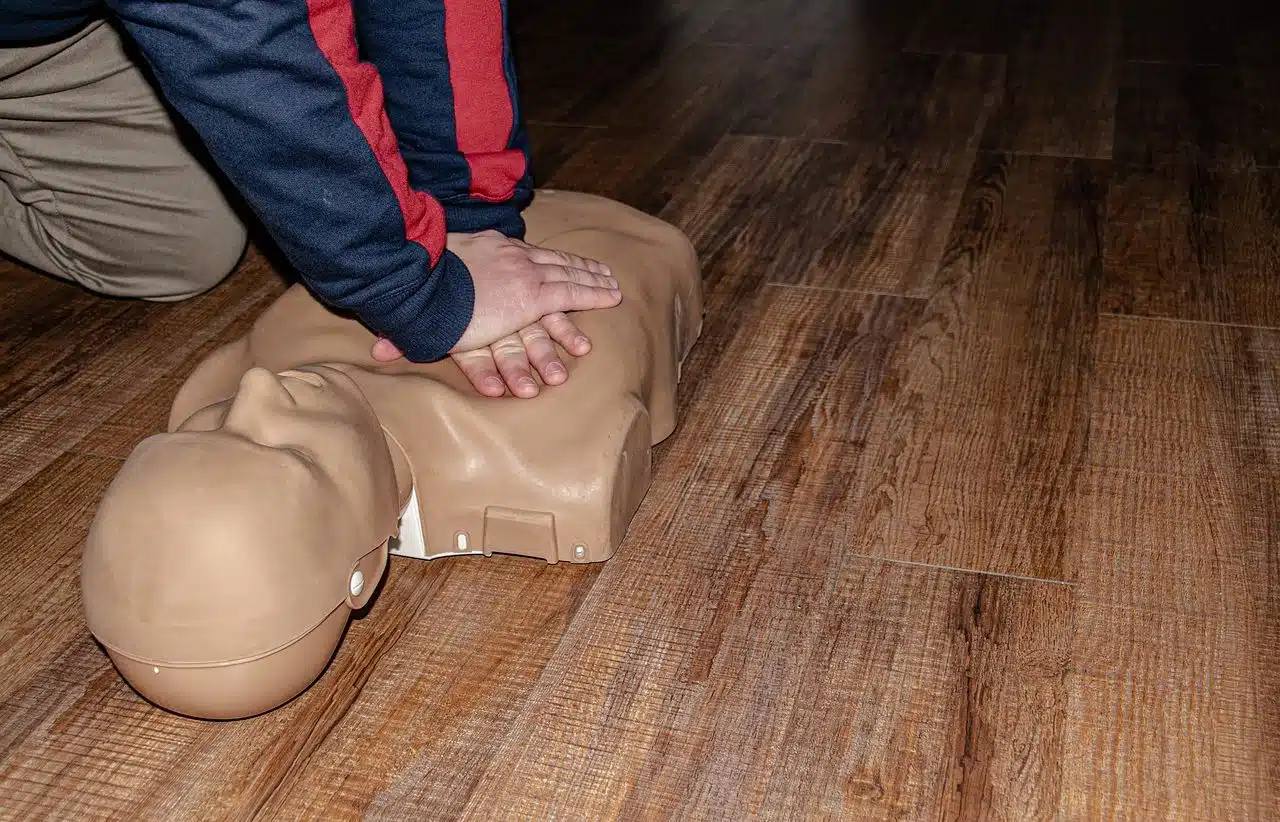
CPR can help a person overcome cardiac arrest.
Resuscitation is the process and result of resuscitating . This verb refers to regenerating the vitality or strength of something . The concept, in this way, is associated with a recovery or a restoration.
For example: "The resuscitation practices of a firefighter managed to save the baby that had appeared in a garbage container" , "All municipal workers should know the basic resuscitation maneuvers to help in an emergency" , "I would like to learn the resuscitation techniques that are applied when a person is drowning .
cardiopulmonary resuscitation
The procedure that provides care to an individual who is suffering from cardiac arrest is known as cardiopulmonary resuscitation (also called CPR , by its acronym). Through this technique , the aim is for the person to be able to get out of unemployment and recover.
The need to practice cardiopulmonary resuscitation may arise after an accident such as exposure to a source of electricity, resulting in shock, a fall into a river or pool resulting in drowning, or a heart attack, to name just a few. one of the most common causes of cardiac arrest.
The purpose of cardiopulmonary resuscitation is to keep blood circulating to the heart and brain: in this way, tissue death is delayed. CPR is the first step to "keep" the person alive and without brain damage, although it must then be continued with other more advanced techniques so that the heart can resume its normal functioning.

Learning to perform cardiopulmonary resuscitation is very important.
How to perform CPR
To perform cardiopulmonary resuscitation, the person must compress, with rhythmic movements, the victim's chest. There are those who also recommend mouth-to-mouth respiration to ventilate the lungs, although other experts consider that this artificial respiration is not necessary.
Before beginning CPR, the subject must confirm that the victim is not reacting or breathing. Next, it is recommended that you ask for help while you begin to compress the chest of the fainted individual.
The minimum number of compressions that should be performed on the chest during cardiopulmonary resuscitation is 100, and it is very important to consider the age and build of the patient to apply pressure that does not cause damage . Furthermore, the purpose of this practice is to restore respiratory function and palpitations , which is why it should be performed until these results are provided.
Although there are no constant campaigns to make citizens aware of the need to learn this technique, it is one of the most valuable tools in an emergency : if the flow of blood stops, the person can die in a few minutes, the same time it takes for the brain to suffer permanent damage, and therefore no one should sit idly by until professional help arrives if this procedure could make a difference.
In some schools , CPR is taught to all students, either in special sessions, with the help of invited experts, or in the hands of teachers who are trained to convey this knowledge accurately. Unfortunately, this is not the general reality, since today, like several decades ago, CPR remains something that most people have only seen in the movies .
The origin of cardiopulmonary resuscitation
The origin of cardiopulmonary resuscitation dates back to the end of the 18th century , when writings were left describing a procedure based on pressing the cricoid cartilage (the lowest part of the larynx) to prevent air from entering the esophagus when artificial insufflation was performed.
However, almost two centuries must have passed until, in 1960, the bases of CPR were formally defined , which have gone through certain variations to the present, such as the number of compressions per minute, which at one time did not exceed 60 and Currently they must be around 100.
